We use cookies to make your experience better. To comply with the new e-Privacy directive, we need to ask for your consent to set the cookies. Learn more.
How to Make Percussion Sounds with Eurorack
There are several ways to generate percussion sounds with Eurorack modules:
1. Drum modules: These modules are specifically designed to create drum sounds and typically include various sound engines, such as sample-based, synthesis-based, and physical modeling. They can also have built-in sequencers and triggers for creating complex rhythms.
2. Sampler modules: These modules allow you to load samples of your drum sounds and manipulate them in various ways, such as pitch-shifting, time-stretching, and granular synthesis.
3. Digital synthesis-based modules: These modules use various techniques, such as FM, wavetable, or granular synthesis, to create unique and complex drum sounds.
4. Noise generators: These modules can generate white, pink, or other types of noise, which can then be processed and shaped into percussion sounds.
Classic percussion sounds like the 808 and 909 can be re-created by using drum modules that are clones of the circuits in these classic drum machines. Additionally, samples of these drum machines can be loaded into a sampler module and manipulated to create new variations of the classic sounds. Still, purists usually prefer a cloned analog circuit as opposed to a sample.
To design new percussion sounds, you can use a combination of different modules and techniques. For example, you can use a noise generator to create a raw sound, process it with a filter module to shape the sound, and add modulation and effects for further complexity. Using an envelope with the pitch controlled by an ADSR can create a tom or kick drum sound that changes pitch over time. Mixing in some noise can transform it into a snare sound. Additionally, you can use sequencing and modulation techniques to create evolving and dynamic rhythms.
